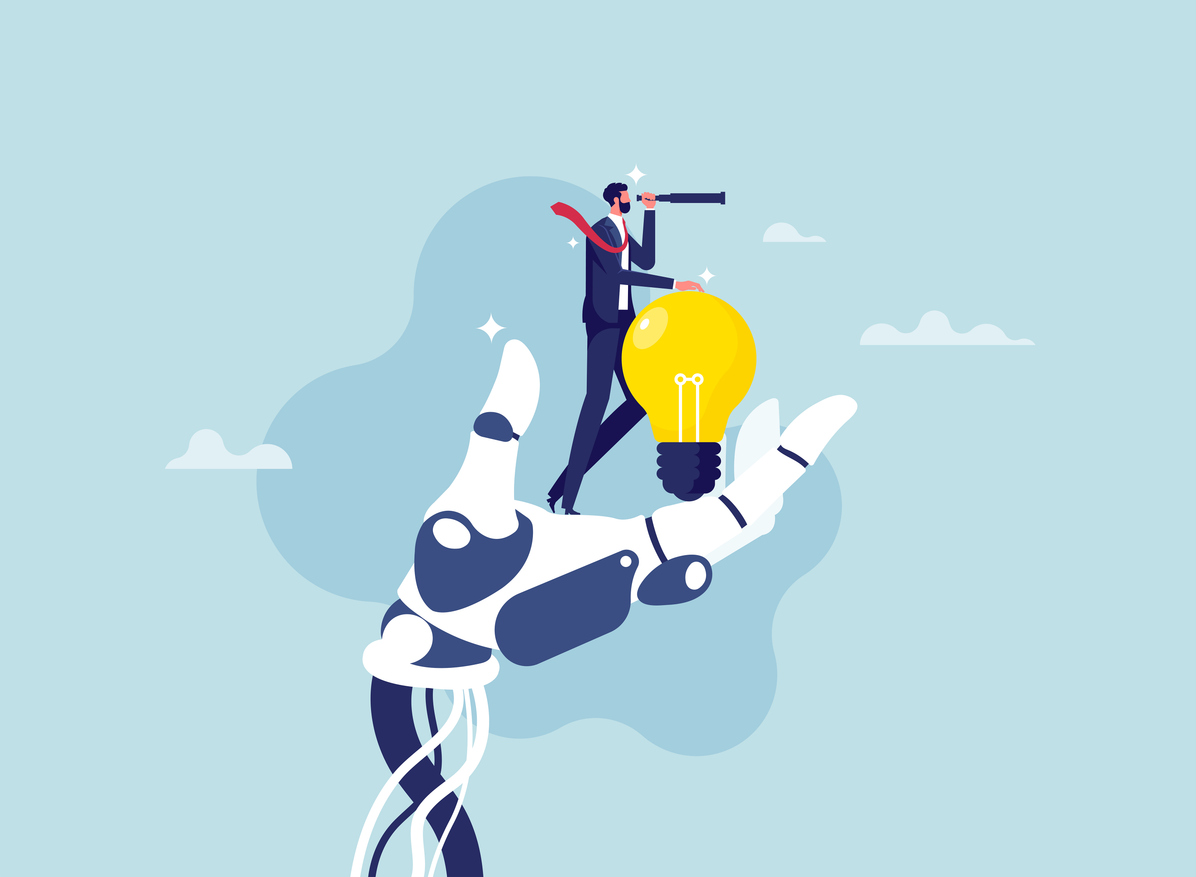
“I can get people to buy once. But they buy again based on having a great experience.” – Kathy Housman, National Sales Director for Redwood Hill Farms
Your business success—whether through profitability or scale—is based on consistently replicating your brand promise.
And delivery on that brand promise depends on institutional knowledge—specifically, your ability to evaluate, synthesize, distribute, and embed knowledge. Nelson Mandela understood this perfectly. Every day, while he was doing hard labor at Robben Island, he led men to a small cave in the quarry to educate them. His mantra: “Each one teach one.” Over time, this changed South Africa.
Knowledge resides in our people, our documentation, and is only as good as our ability to use it. And now that many of us work remotely, we have a new barrier to accessing what our colleagues know.
We need to foster knowledge more intentionally than ever before.
These are the trends that are changing how we do that.
- Knowledge Velocity. We have more information pushed to us through more channels than ever before. According to Forbes contributor Bernard Marr, about 7 megabytes of new information are created every second for every human being on the planet.
It’s overwhelming. A friend of mine recently took a CTO role at a major corporation. To get oriented, he began creating flashcards, one for each technology the organization was using. Within his first few weeks, he had over 400 cards.
Yet, we have become more comfortable not knowing everything; we’re confident we can find the information somewhere when we need it. Just Google it.
The glut of information has also distributed our ability to innovate. Because everyone has access to the building blocks of inspiration and progress, anyone can create the next big idea. This further accelerates the volume of what we know.
- Encoding Capacity: Today, anyone can capture information at any time. TikTok has modeled “micro-learning” so many are comfortable creating an educational video. Every email that goes out, or presentation someone creates, is encoded content: knowledge captured in a retrievable form.
And AI is making it possible to worry less about how we capture content, because the technology can scan what’s there and retrieve what seems relevant.
So now encoding happens in a non-linear fashion—we have asynchronous, mass encoding.
But this distributed capacity comes with risk. Not everyone who records a home video can make a blockbuster movie.
We need expertise to turn content into value.
- Human Capacity. We are limited by our available time, energy and intellectual ability. We compensate through selective perception—we naturally screen out data that’s not immediately relevant. If you want a terrific example of this, watch The Invisible Gorilla.
In 1964, political scientist Bertram Gross coined the term “Information Overload.” He recognized the implications of overwhelming our limited brains. He worried that when we are flooded with information, we make poorer decisions.
The challenge is determining what we want our people to screen out or prioritize. We don’t want the organization to waste energy on “overflow” information—content that is delivered, but not retained or used.
But here’s the challenge: One person’s overflow is another person’s treasure.
- Permeable Borders. We might have in-house intellectual property, but the boundaries are getting more porous – people now liberally and openly share knowledge across corporate borders.
Consider open-source code, for example. The idea that we can build a business on someone else’s free—or close to free—software is now normal. Salesforce, the world’s dominant Customer Relationship Management company, has opened their intellectual property so other businesses can operate on it. According to their website, it runs over 4,600 apps. Our Apple phones are the same—their technology underpins over 9 billion apps. The video game platform, Steam, uses the same business model, and now hosts over 50,361 games.
- Speed to Irrelevance. As innovation speed increases, it’s easier to become outdated. A 2020 IBM study suggests that workplace skills become less valid in about five years, with technical skills expiring in half that time.
So, the training and documentation we create has an expiration date and must be perpetually updated. Compounding the challenge: the more time we spend alone and away from conferences, social media and face-to-face chance encounters, the higher risk that we become myopic.
What does this mean for organizational learning? We need a new approach.
- Modeling – We need to evaluate the knowledge landscape as systematically as we do our market. We’re placing resource bets on content; we need a point of view on what proactively triggers an investment in learning or in documentation.
- Attention – Where and how we focus people’s attention now impacts the organization’s relevance in the future. How we manage attention will be an organization’s most important strategic capability.
- Curation – Given the increasing volume of information in the world, we have to get better at selecting what to serve up to our team—what external, existing knowledge to bring into our organization and the internal knowledge that differentiates us. We need to think of ourselves as a fine museum, choosing what to display from our own collection versus what to borrow from others to create a unique, enriching, and revolving experience.
- Standards — What are our expectations for:
- Speed? How soon do we expect learners to perform? That’s a strategic decision. Speed drives expectations around new openings, hiring volume and expected turnover. It underlies assumptions around what level of performance is acceptable, and the investment in employee development.
- Mastery? Here, we are talking about the continuum of expertise. What do the levels of performance look like as a person moves from novice to expert?
- Fluency? The more we practice, the easier it is to perform. When we perform unconsciously, we’re fluent. We can be fluent at any level of mastery. The question here is, where do we expect fluency?
- Retention – Some knowledge should be institutionalized, and some can be fleeting. We need to define the criteria that determine what is essential to operations, so we internalize it, maintain it, and measure it.
- Roles – Our environment is creating new informal roles defining people’s relationship to content. These include:
- Dabblers. People will increasingly dip in and out of content based on what attracts their attention. Dabblers help an organization be creative and relevant.
- Specialists. Some people will become nodes of information and resources to the organization. People will seek out colleagues who are deep in single skills.
- Connectors and Synthesizers. Organizations will rely on people who know how to coordinate with specialists, creating synergy and meta solutions.
Everything about your brand experience—the reason customers choose you over other options—has to do with trust. Your customers trust you to deliver consistently. So, as your team develops new products or services, turns over, or grows, the only thread connecting them to your customer is what your team knows. Your ability to focus your team’s attention and convey critical knowledge in this increasingly noisy, saturated world is your competitive advantage.




